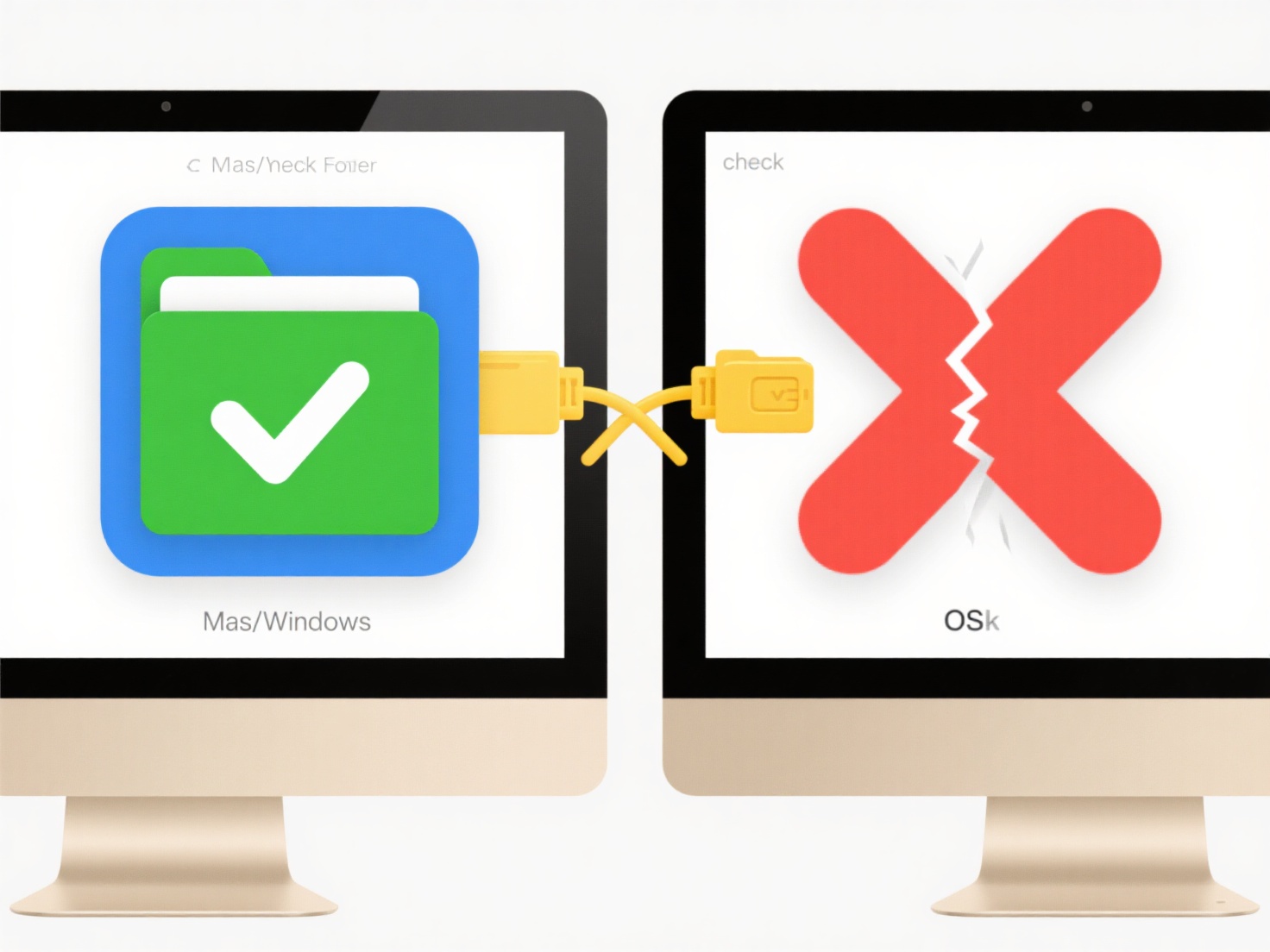
Many mobile apps intentionally omit a traditional "Save" button due to the prevalence of autosaving functionality and platform conventions. Instead of requiring explicit saving, apps frequently persist changes automatically in real-time or when navigating away from a screen. This often applies specifically to content creation (like notes, documents, or edits within settings) and differs from desktop apps where manual saving is still common to manage distinct file versions and locations.

For example, drafting an email in Gmail or composing a post in Instagram typically saves your progress automatically as you type; closing the app and reopening usually retrieves your draft. Similarly, note-taking apps like Google Keep autosave every change instantly, ensuring no work is lost even if the app crashes. Platform behaviour also contributes – tapping an iOS device's Home button or using the Android back button often implicitly saves the current state before navigating away.
This approach prioritizes user convenience by reducing steps and preventing data loss from forgotten saves. However, limitations include potential confusion about when changes are permanently stored and less explicit control over creating distinct file versions. Future developments focus on clearer visual feedback (e.g., "Saved" indicators) for user reassurance while maintaining seamless workflows.
Why don’t I see a “Save” option on mobile apps?
Many mobile apps intentionally omit a traditional "Save" button due to the prevalence of autosaving functionality and platform conventions. Instead of requiring explicit saving, apps frequently persist changes automatically in real-time or when navigating away from a screen. This often applies specifically to content creation (like notes, documents, or edits within settings) and differs from desktop apps where manual saving is still common to manage distinct file versions and locations.

For example, drafting an email in Gmail or composing a post in Instagram typically saves your progress automatically as you type; closing the app and reopening usually retrieves your draft. Similarly, note-taking apps like Google Keep autosave every change instantly, ensuring no work is lost even if the app crashes. Platform behaviour also contributes – tapping an iOS device's Home button or using the Android back button often implicitly saves the current state before navigating away.
This approach prioritizes user convenience by reducing steps and preventing data loss from forgotten saves. However, limitations include potential confusion about when changes are permanently stored and less explicit control over creating distinct file versions. Future developments focus on clearer visual feedback (e.g., "Saved" indicators) for user reassurance while maintaining seamless workflows.
Quick Article Links
What is a .tar.gz file?
A .tar.gz file, also known as a tarball, is a two-step compressed archive common in Unix/Linux systems. First, the `tar`...
Can I open .tar.gz files on Windows?
A .tar.gz file combines two distinct actions: first, multiple files are bundled into a single archive using the TAR form...
Can I batch rename after OCR text recognition?
Batch renaming after OCR text recognition refers to automatically renaming multiple files using text identified by Optic...